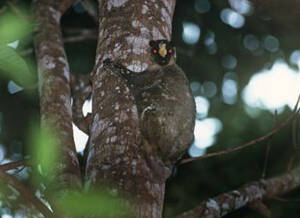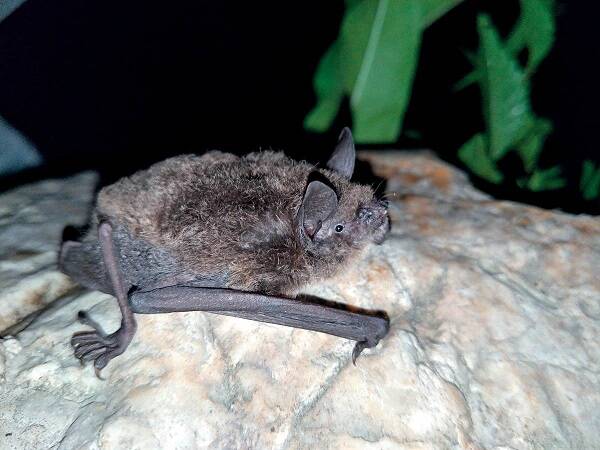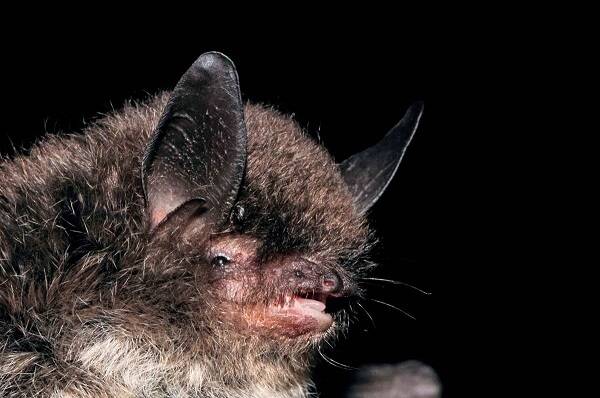
Pipistrellus coromandra
Pipistrellus coromandra
Pipistrella indiensis is a small to medium sized Pipistrella. It lives in mo···

Pipistrellus abramus
Pipistrellus abramus
The East Asian pipistrella, also known as the Japanese Pipistrella, is the m···

Myotis siligorensis
Myotis siligorensis
The size of the tall cranial Myotis bat in Vietnam varies greatly, so the su···

Myotis rufoniger
Myotis rufoniger
Myotis Watasei feeds on insects, especially mosquitoes, and is beneficial to···

Myotis ricketti
Myotis ricketti
Big-footed mouse-eared bats have attracted much attention because of their s···

Myotis petax
Myotis petax
They often live in groups in caves, fly in forest glades, and also fly above···

Aplodontia rufa
Aplodontia rufa,Mountain Beaver
The Mountain Beaver (Aplodontia rufa) has seven subspecies.Mountain beavers ···

Cynocephalus volans
Cynocephalus volans
The Philippine Cynocephalus volans feeds on leaves, buds, flowers and fruits···

Cynocephalus variegatus
Cynocephalus variegatus,Malayan flying lemur
Malayan flying lemur (Cynocephalus variegatus) is a member of the Cynocephal···

common tree shrew
common tree shrew,Tupaia glis
The common tree shrew (Tupaia glis) is a genus of tree shrew with no subspec···

Solenodon marcanoi
Solenodon marcanoi
Solenodon marcanoi is a species of furrow toothed shrew. Nocturnal, living i···

Solenodon paradoxus
Solenodon paradoxus
Solenodon paradoxus is a mammal that lives on the island of Hispaniola in th···

Myotis muricola
Myotis muricola
Mountain Myotis bats often live in damp and ventilated caves or tunnels, but···

Myotis macrodactylus
Myotis macrodactylus
The Great toed Myotis bats inhabit the damp cave walls of the northeast in s···

Myotis longipes
Myotis longipes
Myotis capaccinii was once classified as a subspecies of Myotis capaccinii. ···

Myotis petax
Myotis petax
East Asian water myoets often live in groups in caves, fly in forest glades,···

Myotis laniger
Myotis laniger
The South China Water Myotis bat is a very common bat with a wide distributi···

Myotis indochinensis
Myotis indochinensis
Myotis chinensis is a separate species from the mountain Myotis montivagus b···

Myotis adversus
Myotis adversus
According to the literature, Myotis laniger is slightly larger than Myotis l···

Myotis hasseltii
Myotis hasseltii
Myotis horsfieldii belongs to the subgenus <Leuconoe> and is particula···

Myotis fimbriatus
Myotis fimbriatus
There may be some confusion about the classification of hairy-legged Myotis ···
